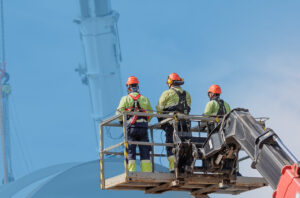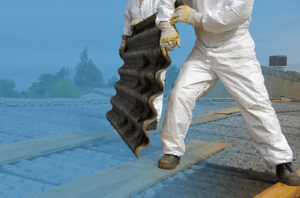Noise is a significant occupational hazard in the woodworking industry. Workers are frequently exposed to high noise levels, often between 90 and 110 dB(A), which can cause hearing damage and increase the risk of accidents by making it difficult to communicate or hear warning signals. The main sources of noise include the cutting process, dust extraction systems, and other machinery operations. Factors such as poor maintenance, improper machine setup, and inadequate noise control features can make the problem worse.
The HSE recently published a report of the findings of research conducted to better understand the application of noise control techniques to woodworking machines.
A key challenge highlighted in the report is the lack of up-to-date information on effective noise control measures, making it difficult for employers and inspectors to ensure all practical steps are taken to protect workers.
Summary of the Report’s Findings
The report reviews and illustrates a range of noise control methods in woodworking, focusing on both traditional and modern solutions. The main findings are:
- Noise Reduction Methods: Selecting and setting up cutters correctly (feed rate, blade speed, cutting depth) and using advanced cutter designs (helical, spiral, segmental, or laminated blades) can significantly reduce noise compared to standard cutters.
- Helical Cutters: Replacing straight cutters with helical cutters can reduce noise levels by up to 5.4 dB(A). Using a mix of helical and straight cutters also helps, though it may affect the finish quality.
- Maintenance: Regular maintenance, such as sharpening, re-tipping, and balancing blades—is essential for keeping noise emissions low.
- Dust Extraction Systems: These systems can be a major source of noise due to air turbulence. Low-noise extraction systems are available and can also help reduce cutter wear.
- Enclosures and Tunnels: Machine enclosures can reduce noise by 5–6 dB(A), and outfeed tunnels by 3.6 dB(A).
- Industry Guidance: The report stresses the need for up-to-date guidance and industry-led solutions to reduce noise risks.
If you have any questions or would like support with managing issues at your workplace, please speak to your usual contact or get in touch using the form below.

New rules for providers of social housing in England

Small but mighty – working safely with nanomaterials

Do you have a MEWP rescue plan?

Changing the asbestos control regime

HSE Launch Motor Vehicle Paint Spraying Campaign
